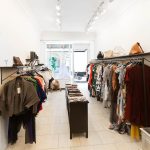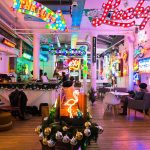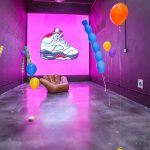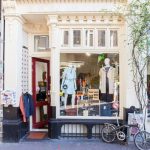What is a pop-up shop? Everything you need to know to try short-term retail > How to set up a pop-up shop in 6 stages. Set yourself up for success with this handy checklist > How To Market Your Pop-Up Store > 6 Pop-Up Shop Strategies And Marketing Tactics for Success
Whether your pop-up stores are around for one day or six months, it won’t stay put for long. As the owner, you’ll want to generate as much revenue and buzz as you can in a short amount of time.
To maximize both your investments and profit, your pop-up should turn heads. It should let your audience know that they need to snag your product right now, as the juicy offer will soon go away. Not to mention, it’s a win-win – a low-risk option for you, and a one-time opportunity for them.
Businesses have been using pop-up shops as a marketing tactic for years. But what are pop-up shops? They are essentially temporary stores that are set up for a limited amount of time, usually to promote a new product, service, or brand. While pop-up shops can be a great marketing tool, they need to be executed properly in order to be successful. In this blog post, we will discuss some of the best pop-up shop strategies and marketing tactics to help ensure your success.
A successful pop-up store boils down to three pop-up shop strategies and marketing tactics: having empathy for your customer, making a great impression, and making lots of sales. Here are some pop-up shop strategies and marketing tactics and strategies that will help you achieve your goals.
Why pop-up shop strategy and marketing tactics important for success
A pop-up shop strategy is an effective way to market your products and services online. It is one of the best ways to increase traffic and sales. In addition, this type of marketing tactic will help you build relationships with potential customers, allowing them to get to know you better before they buy from you.
In order to be successful, any business needs to have a well-thought-out marketing strategy. This is especially true for pop-up shops, which are becoming an increasingly popular way to do business. By their very nature, pop-up shops are temporary, so it is even more important to make sure that your marketing strategy is on point. There are a few different things to keep in mind when it comes to marketing a pop-up shop.
First, you need to make sure that you are getting the word out about your shop in the right way. Second, you need to create a strong brand identity for your shop. And finally, you need to be sure to measure your success and adjust your strategy as needed.
Book the Right Space
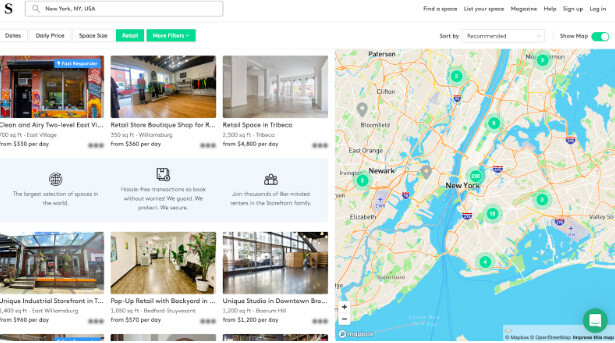
A great event requires that you book a pop-up space that helps your branding pop. Location is one of the most important factors of a successful pop-up shop. Having a pop-up shop in a prime location will do a lot of the heavy lifting for you when it comes to marketing to foot traffic and passerby’s.
In the words of Stell, who booked her pop-up retail space from Storefront, “I envisioned a luxurious space in a prime location such as SoHo and this location more than exceeded my expectations. The space was well lit and elevated the look of the brand.”
As for the team at Obey Clothing, Country Manager Nicolas Sere was happy that the pop-up location he booked was ready for move-in and quick to set up. And as for you, you can choose among 10,000+ well-located venues for rent.
The right venue will get you in front of the audience, but you’ll still need to do some work to make sure that the venue pops out. When you have the right retail space booked, spend some time planning the appearance of the venue when looking at it from the street.
Leverage Influencers and Local Personalities

One great way to build buzz for your pop-up shop is by leveraging the network of others in the local community, and a great way to do this is by leveraging the power of local social media channels, influencers or local personalities.
If you’ve researched your audience well, you know which local social media influencers would resonate with them most. You can use the search functions on apps like Instagram or TikTok to find social media accounts, and influencers that would be a good fit for your event, there’s also influencer search tools that offer more filtering capabilities when it comes to finding influencers in a specific retail location.
Your pop-up shop should offer amenities that make it appealing for influencers to come to the event. It should be an aesthetically pleasing, on-brand, and welcoming space where influencers can shoot selfies, talk about your brand, demo your product, and chat with their followers. Ultimately, the goal is to give them a comfortable environment where they can create content and indirectly build brand awareness for your pop-up.
Back in 2020, men’s grooming company Beardbrand opened its first physical barbershop and retail store. Their shop is dedicated to the customer base and influencer-focused content creation, as well as to nurturing meaningful customer relationships.
Inviting influencers to your pop-up shop does not mean you need to spend an arm and a leg to acquire celebrity-level influencers. Hiring micro-influencers to attend the pop-up event can be just as impactful, and much more budget-friendly.
Local influencers have a lot of pull within the community, and the main goal of inviting these influencers to your event is to have them post content about the pop-up shop so that more locals become intrigued enough to pop in for a visit.
Consider leveraging tools like engagement calculators to dictate whether or not an influencer has enough engagement within the community before you send them an invite to attend your event.
Seize Those Seasonal Opportunities
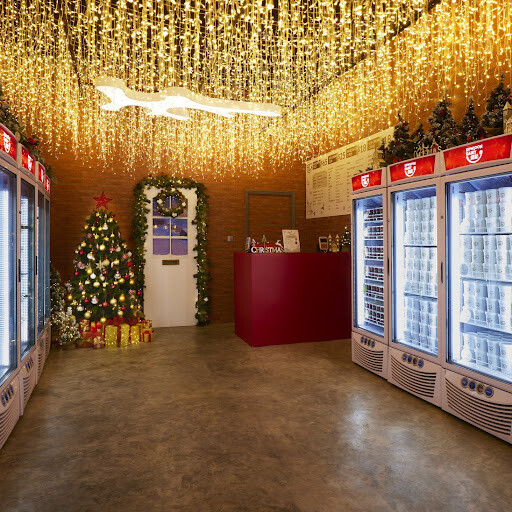
Jot down what Marlena Stell, influencer and CEO of Marsté Fashion, told us at Storefront about choosing 4 days for her pop-up shop in SoHo:
“Most people tend to visit the opening weekend anyways, so it was just the best decision for us starting out.”
That’s why seasonal sales are such huge hits: they end in a blink and everyone loves them. Kowloon Dairy, a Hong-Kong ice cream brand, dedicated a pop-up shop to offer pint-sized ice cream in festive flavors to light up the Christmas spirit. The pop-up lasted until December 23, which is when the holiday thrills typically plateau.
Cultural holidays like Easter and Christmas might last only for a few days, but the anticipation is huge. You should ride the buzz of excitement to market your products, and match your potential customers’ expectations once they’re in-store.
Leverage Omnichannel
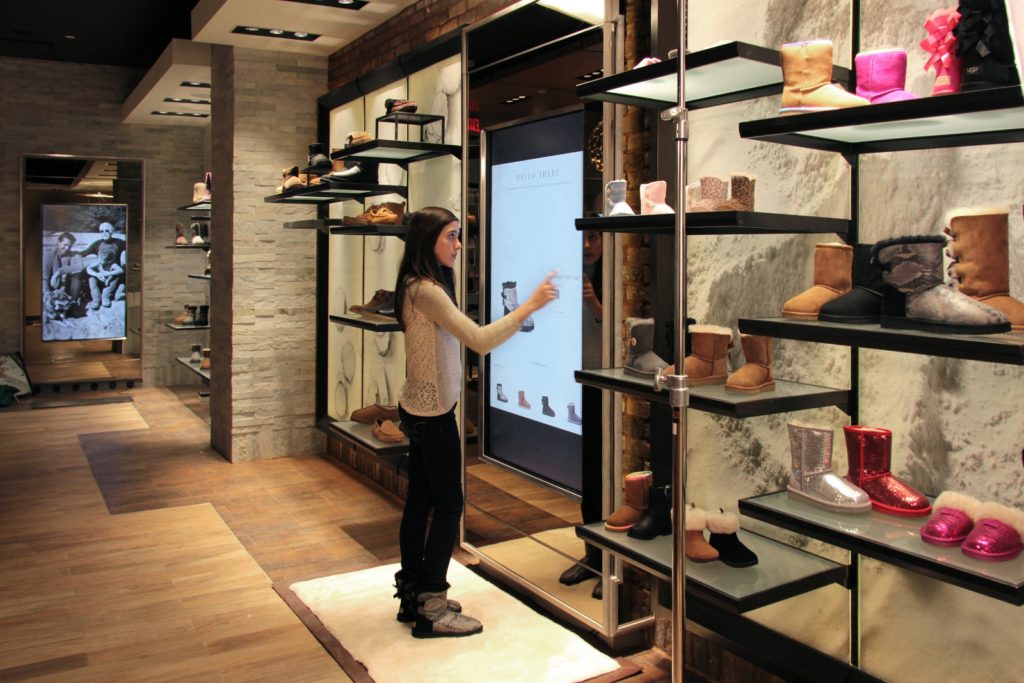
Even though 60% of consumers prefer to shop online, that doesn’t mean brick-and-mortar stores are out of the question. Your goal is to increase anticipation and retail sales, which requires you to meet customers wherever they’re at.
Fortunately, pop-up shops are an essential part of omnichannel retailing. This gives target customers the option to purchase both online and offline, via channels like scannable QR codes, mobile apps, and even instantly selecting home-delivery options.
Retailers can experiment with pop-ups to combine online and offline channels marketing strategies. Back in October 2018, Amazon opened a pop-up fashion shop in London for a week. Its purpose was to get honest feedback on a clothing range, customer experience, and general prices.
According to The Guardian, pop-up shoppers could “buy goods in the store and take them away in the traditional way or scan codes on product tags with Amazon’s mobile phone app or use in-store tablets to order for home delivery.”
This range certainly boosted the overall customer experience and the shop’s first impression.
Offer More Payment Options
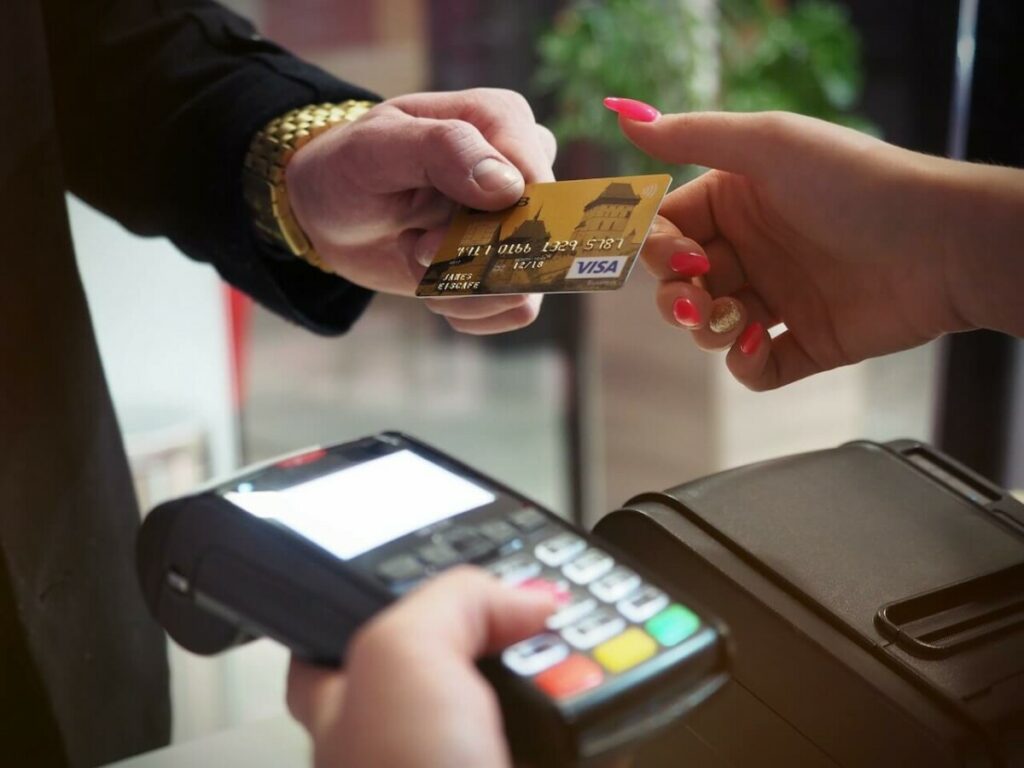
Want more sales? Then avoid placing obstacles in the way of your customers’ payment methods.
It’s true that only 50% of Americans carry cash with them – but they still do, and may prefer to pay for products that way. It’s not up to you. Conversely, the 83% who own at least 1 credit card may want to use it for every purchase.
Your investments (as well as your customers’ motivation to buy) will be in vain if you don’t accept multiple common payment methods. This is expected of your shop, and customers could easily go somewhere else if their expectations aren’t met. Accepting a range of payment options such as debit/credit cards, cash, and contactless methods is key to handling a professional shop and avoiding friction.
Consider using payment processors like Square, they tend to have a much lower setup cost associated with them, which makes taking more payment methods much less of a nuisance for you and your team.
After Your Event Ends…
That first impression you’ve worked hard to create? You should make it last longer than your pop-up shop.
From the opening day to the last day of your event, it’s a great idea to make your online presence all about it. It’s the perfect time to encourage customers to share their photos and feedback, tagging and thanking them whenever possible.
You can also create an online album on Facebook on your company’s website to share the best moments. Be sure to follow up on the pop-up shop’s social media engagement – like hashtags, comments, and keywords – to measure its success. You can also use social media analytics tools to analyze the performance of your event so that you’re able to calculate the impact and adjust your strategy for the next event.
And, even if it isn’t a success, the pop-up experience will teach you what to do (and what to avoid) in your next event. This way, you’ll create an unforgettable in-store experience, fortify your relationships with customers, and sell lots of products in just a few days.
Conclusion
In conclusion, pop-up shops are increasingly popular. The shopping experience helps businesses test products and identify new markets – both critical steps in building a business. Sales range from a couple of hundred dollars to thousands of dollars. If you own a small business, pop-up shops are an excellent way to test products and find new customers. They require no special equipment, just some creativity and a willingness to have a flexible schedule.
- How to Open a Successful Pop-Up Shop in London’s Fast-Fashion Neighborhoods - December 23, 2022
- The Benefits of Opening a Pop-Up Shop in NYC’s Fast-Fashion Neighborhoods - December 23, 2022
- Reaping the Benefits of Long-Term Pop Up Stores: Tips and Advice - December 23, 2022


